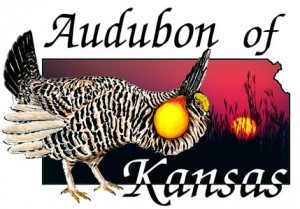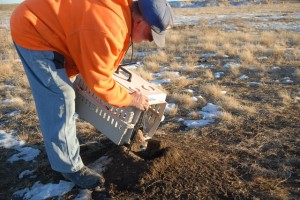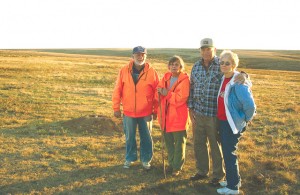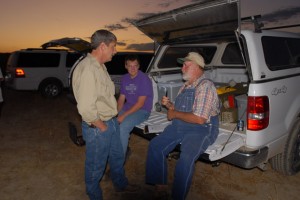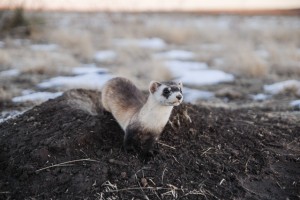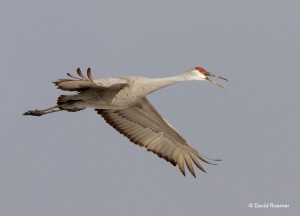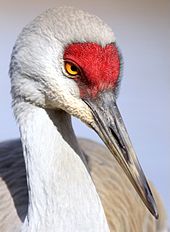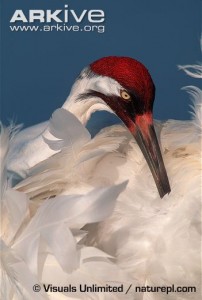Kansas Department of Wildlife, Parks and Tourism provides vital support for expansion
Pheasants Forever and Quail Forever are pleased to announce the expansion of habitat specialist positions in conjunction with the Kansas Department of Wildlife, Parks, and Tourism (KDWPT). The expansion marks the fourth habitat specialist position in Kansas and is designed to provide habitat management and restoration for many public KDWPT properties throughout the state.
“The Kansas Department of Wildlife, Parks and Tourism is a key agency partner for Pheasants Forever and Quail Forever throughout the state. Their support is critical to making these positions and the habitat acres that follow a reality,” commented Zachary Eddy, Pheasants Forever’s senior Farm Bill wildlife biologist in central Kansas. “Clearly, the public benefits in the form of increased wildlife habitat and recreational opportunities on our state wildlife areas as a result of this partnership.”
Habitat specialists are experts in planning, developing and implementing wildlife habitat management projects for each of the assigned public wildlife areas in Kansas. These specialists plant native grasses, perform prescribed burns, and carry out a host of other specific practices to maximize each area’s wildlife and natural resource values.
“The partnership we’ve created with Pheasants Forever and Quail Forever allows us to keep staffing capacities consistent on high-use public wildlife areas during times of budgetary challenges,” said Brad Simpson, KDWPT public lands section chief. “All of our habitat specialists come highly trained in the field of wildlife habitat management and this helps us to maintain quality cover and services at some of our most popular recreation destinations in Kansas.”
Kansas Habitat Specialist Program
Luke Winge – The most recent staff member employed by Pheasants Forever and Quail Forever, Luke Winge is the current habitat specialist working to improve wildlife resources for the Cedar Bluff Wildlife Area near Hays, Kansas. With an available 10,300 acres open for public access, this wildlife area is a popular destination for local residents. Among the hunting opportunities available for big game, turkey, upland birds and waterfowl, Cedar Bluff Wildlife Area is also an excellent fishery. Winge focuses his efforts on creating diverse habitat with a mixture of crops, grasses and weeds to provide excellent recreation opportunities for many visitors throughout the year. For more information about Cedar Bluff Wildlife Area, Luke Winge can be reached at [email protected].
Alex Thornburg – The habitat specialist at Tuttle Creek Wildlife Area, Alex Thornburg is responsible for the management of 12,200 acres of wildlife habitat. This area consists of TuttleCreekLake, the second largest body of water in the state which acts as a flood control unit for the Kansas River Basis. Thornburg is one of two main employees for Tuttle Creek Wildlife Area and actively manages for multiple wildlife species through mowing, food plots, controlled burns and various other habitat improvements. For more information Tuttle Creek Wildlife Area, Alex Thornburg can be reached at[email protected].
Andrew Page – Working to support multiple wildlife species, habitat specialist Andrew Page is an active leader in habitat improvements for the Perry Wildlife Area located north of Topeka, Kansas. The Perry Wildlife Area consists of 10,500 acres of wetland/upland complexes surrounding the Delaware River. Management of upland habitat over the years has consisted of cropland conversion, native grass establishment, planting of shrubby cover, cutting of shrubby vegetation, and prescribed burning to stimulate warm season grasses and forbs. For more information about Perry Wildlife Area, Andrew Page can be reached [email protected].
Brock Wilson – Located east of Wichita, habitat specialist Brock Wilson is responsible for the management of 9,352 acres in the Fall River Wildlife Area. Known for its flood plain valley surrounded by rolling prairie country, this wildlife area consists of 2,300 acres of riparian timber, 2,500 acres of native grassland, 2,988 acres of cropland and 960 acres of the Fall River Reservoir. Wilson’s management techniques are focused on increasing the quality of wildlife habitat to provide ample recreational opportunities for hunters to harvest game species such as deer, turkey, waterfowl, doves and quail. For more information about Fall River Wildlife Area, Brock Wilson can be reached at [email protected].


